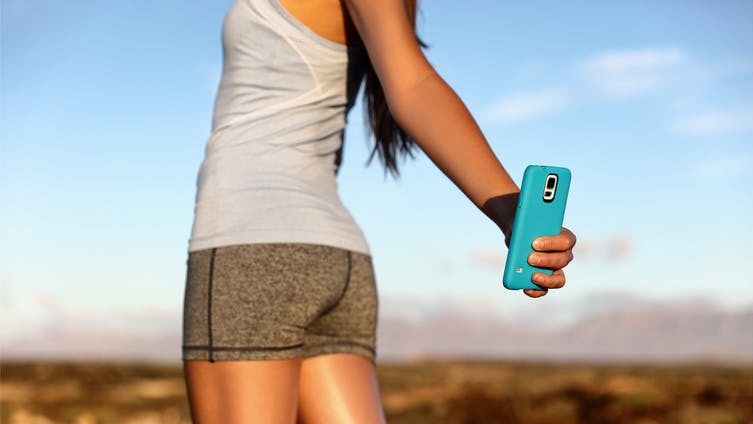Social influencers: new advertising code addresses hyper-sexualisation, but not where it’s needed most
Lauren Gurrieri argues that the updates to the AANA code has addressed one problem with influencer marketing, but failed to correct another, in this crossposting from The Conversation.
You may have had heard of Vanessa Sierra, the Instagram model and reality TV contestant who adeptly used her time quarantining with boyfriend Australian tennis player Bernard Tomic to build her public profile.
Sierra is just one of the hundreds of thousands of “content creators” – most commonly young women – monetising content produced on social media platforms. She has been using these platforms to promote “subscription-only” content. Most “social influencers”, however, have a more traditional business model, using their position to promote brands.


